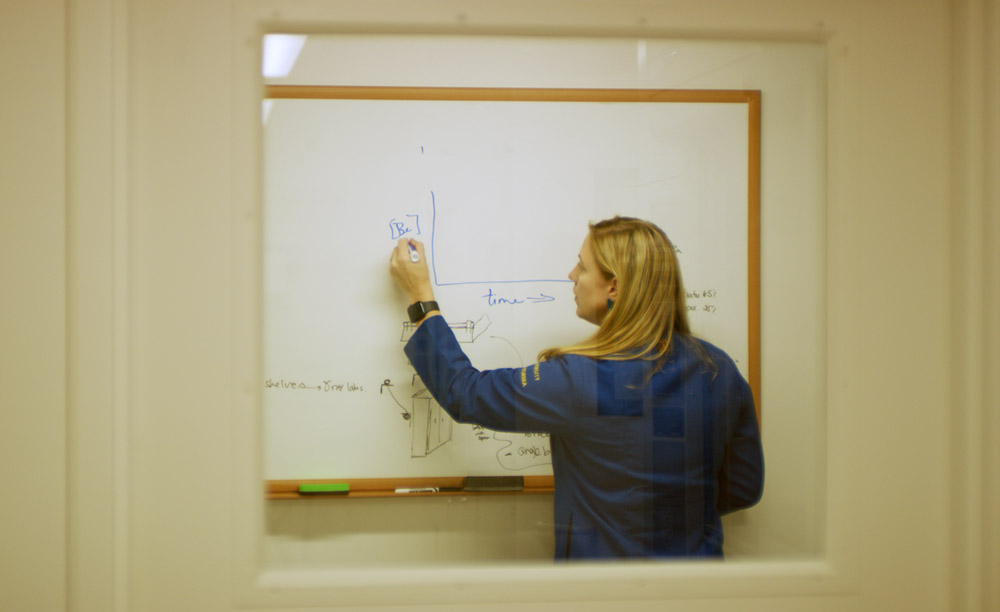“A ton of feathers is still a ton,” says Dr. Jane Willenbring, a geologist tells a former colleague in “Picture a Scientist,” recounting the traumatizing experience of her first expedition in Antarctica as a grad student at Boston University, stuck in the frigid cold looking for ash in sediment with an abusive professor. Now, the idea of sending her daughter into a career in science is unfathomable when Dr. Willenbring tearfully recalls the number of small indignities thrown her way by David Marchant, a legendary figure in the field who literally tossed pebbles at her while she would go to the bathroom in the wild and viciously call her various gendered epithets. Naturally, there was no recourse available a world away from civilization, but as she would find to her great frustration, there wasn’t much more she could do once she got back to the city, finding that it was all but impossible to file a complaint against a man who brought in a considerable amount of money into the school and had a glacier named after him.
While “Picture a Scientist” arrives at a time when the floodgates have opened for films detailing sexism and harassment in a variety of professions as a result of the #metoo movement, leave it to filmmakers Sharon Shattuck and Ian Cheney to stand out by following the lead of their subjects in taking a measured approach to the problem that identifies the root causes and traces its effects so insightfully. Rather than take the testimony of countless women in science, a field that’s long been disproportionately dominated by men, the directing duo finds that by focusing on just three – Dr. Willenbring, Dr. Nancy Hopkins, a professor of molecular biology at MIT, and Dr. Raychelle Burks, a professor of analytical chemistry at St. Edward’s – a million smaller slights for women on their way up have prevented greater diversity in the profession over the course of many generations.
“Picture a Scientist” notably introduces each one of the professors in their element, showing their expertise and enthusiasm for their particular specialty, which becomes all the more impressive when you learn what they had to go through to get to where they are, and Cheney, who has shown a great strength for distilling complicated cultural realities into compelling visual ideas with such zippy histories as the emoji origin tale “Picture Character” (with co-director Martha Shane) and “The Search for General Tso,” seizes upon the central concept of an iceberg with Shattuck, whose background is in animation, to acknowledge that while offenses such sexual harassment and assault grab attention, it is all the other ways that sexism lurks underneath the surface that have created nearly indomitable attitudes towards female scientists and how they see themselves.
Being based in science, “Picture a Scientist” has the benefit of delving into studies of psychological biases with unusual rigor and without worry of straying too far from the topic at hand, but in interviews, Shattuck and Cheney bring to the surface a plethora of personal details that transcend any data that could be collected as far as relating how devastating the experience of being made to feel unequal actually is in science, from Dr. Hopkins realizing her lab was demonstrably smaller than her male peers, despite rising to the top levels of her department, to Dr. Burks finding herself asked if she was a janitor when staying past office hours. As the latter notes in the film, it isn’t just the misperception itself that’s a setback, but the all the hours wasted dealing with it that could be going towards making discoveries that could benefit society as a whole, and although “Picture a Scientist” would feel like time well spent under any circumstances, in offering something so definitive, it could lead to breakthroughs on a number of fronts.
“Picture a Scientist” does not yet have U.S. distribution.




